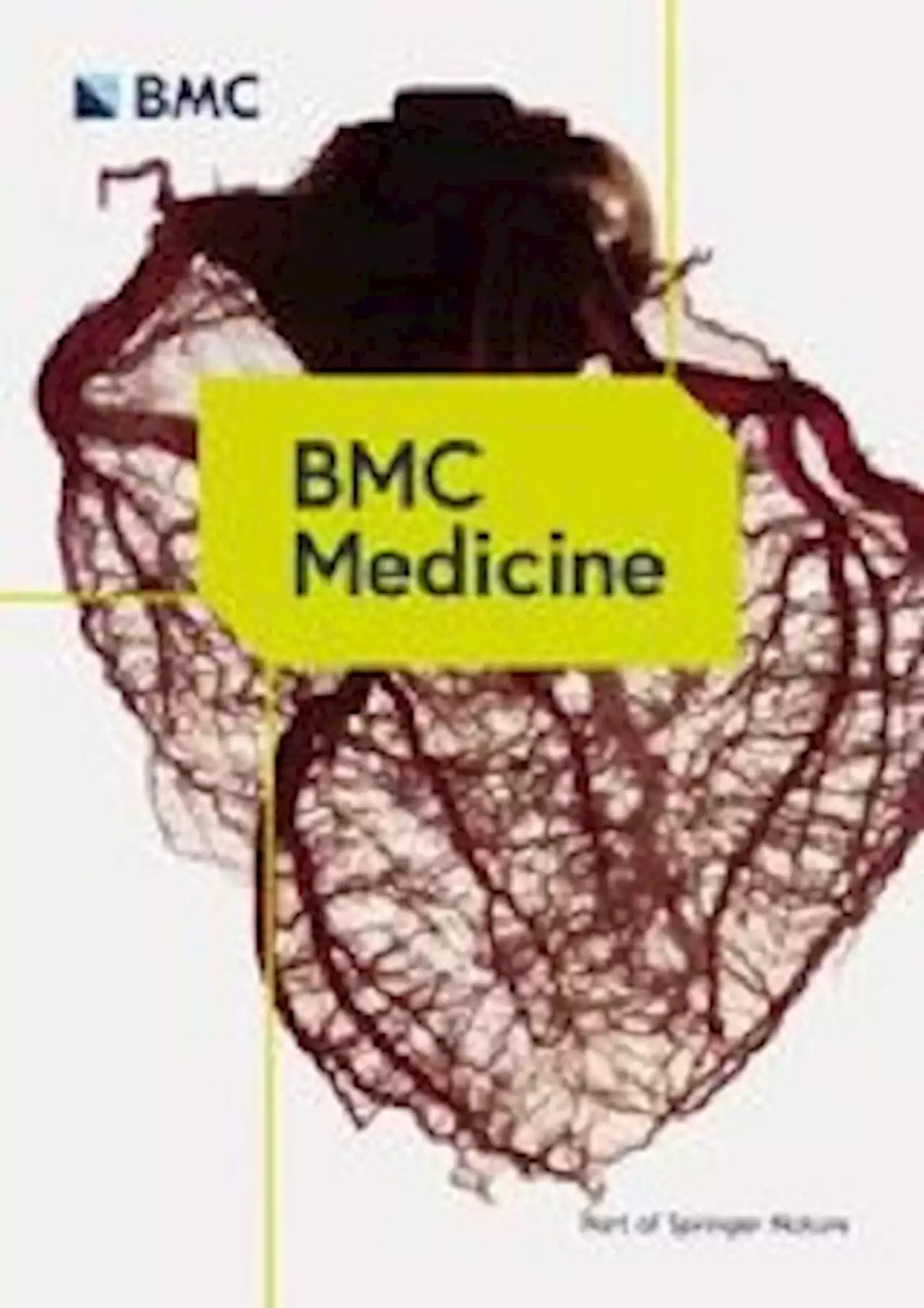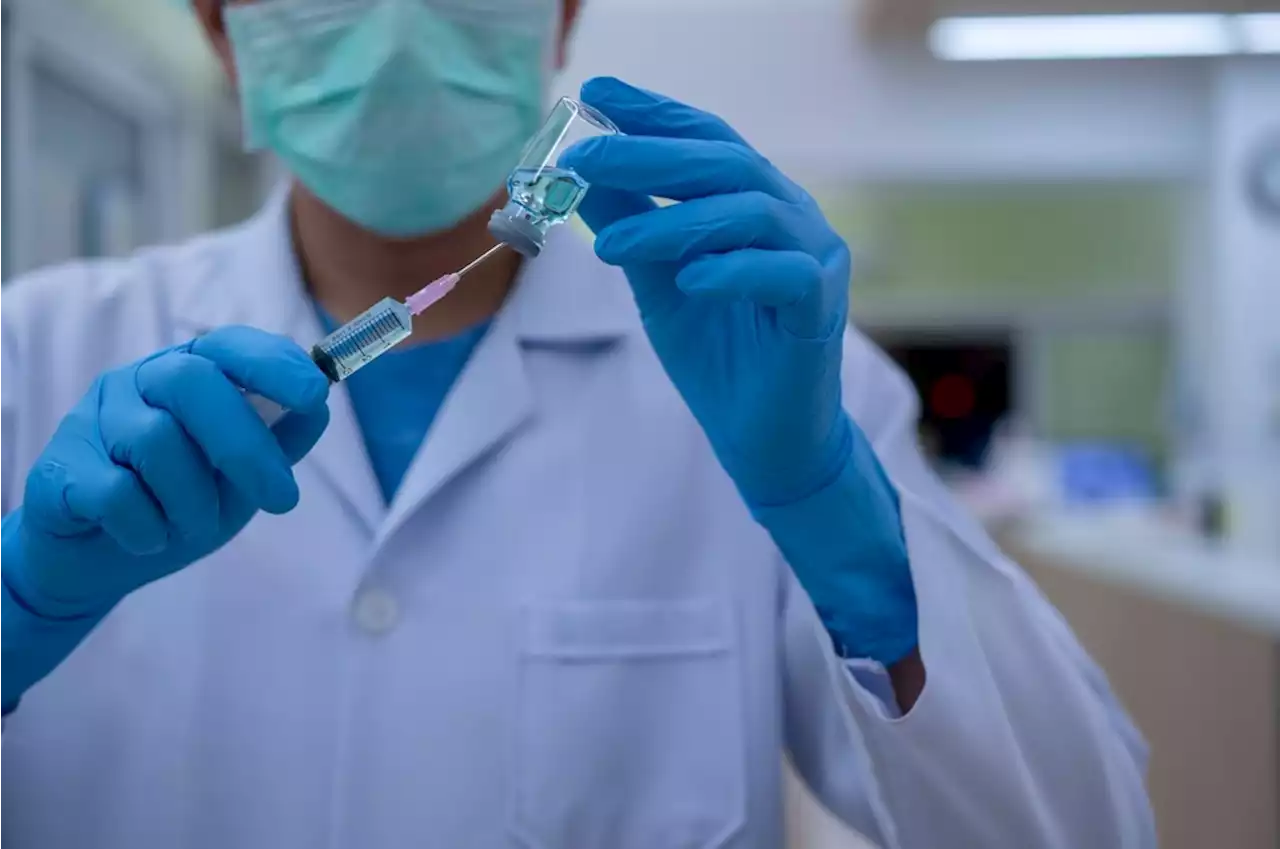Additional mRNA COVID vaccine doses could salvage antibody responses in blood cancer patients Antibody Blood BloodCancer Cancer Coronavirus Disease COVID Vaccine NatureComms imperialcollege
By Dr. Liji Thomas, MDNov 21 2022Reviewed by Benedette Cuffari, M.Sc. To date, the coronavirus disease 2019 has claimed nearly 6.6 million lives while disrupting healthcare systems, social interactions, and economic activity worldwide.
Introduction At the start of the pandemic, several high-risk patient groups were quickly identified due to rapidly rising case and mortality rates, some of whom included those of advanced age and those with a variety of medical conditions. Most COVID-19 vaccines produce antibodies against the viral spike protein, the immunodominant neutralizing epitope. These neutralizing antibodies prevent infection by inhibiting engagement between the receptor binding motif of the viral spike protein and the host cell angiotensin-converting enzyme 2 receptor.
In response, scientists have sought to develop other broadly-neutralizing nMAbs to protect vaccine recipients who fail to develop an effective immune response and those who cannot take the vaccine for various reasons. About the study The current study utilized real-world data on antibody responses in blood cancer patients from the Monitoring Adaptive Responses to COVID-19 vaccines in Haematology study.
Serological testing was carried out after the first dose in 171 patients, the second dose in 327 patients, and the third dose in 162 patients. These tests were conducted at a median interval of 57 days after the first dose and about 50 days after the second and third doses. Control data is available for serological testing at about 50 days from the first dose and 21 and 90 days from the second dose.
In contrast, patients on other drugs that inhibited immune reactions, such as the JAK/STAT pathway inhibitors, responded poorly to two vaccine doses at 57%; however, this response rate rose to over 90% in this patient subgroup after receiving the third dose.
United Kingdom Latest News, United Kingdom Headlines
Similar News:You can also read news stories similar to this one that we have collected from other news sources.
 Risk for newly diagnosed diabetes after COVID-19: a systematic review and meta-analysis - BMC MedicineBackground There is growing evidence that patients recovering after a severe acute respiratory syndrome coronavirus 2 (SARS-CoV-2) infection may have a variety of acute sequelae including newly diagnosed diabetes. However, the risk of diabetes in the post-acute phase is unclear. To solve this question, we aimed to determine if there was any association between status post-coronavirus disease (COVID-19) infection and a new diagnosis of diabetes. Methods We performed a systematic review and meta-analysis of cohort studies assessing new-onset diabetes after COVID-19. PubMed, Embase, Web of Science, and Cochrane databases were all searched from inception to June 10, 2022. Three evaluators independently extracted individual study data and assessed the risk of bias. Random-effects models estimated the pooled incidence and relative risk (RR) of diabetes compared to non-COVID-19 after COVID-19. Results Nine studies with nearly 40 million participants were included. Overall, the incidence of diabetes after COVID-19 was 15.53 (7.91–25.64) per 1000 person-years, and the relative risk of diabetes after COVID-19 infection was elevated (RR 1.62 [1.45–1.80]). The relative risk of type 1 diabetes was RR=1.48 (1.26–1.75) and type 2 diabetes was RR=1.70 (1.32–2.19), compared to non-COVID-19 patients. At all ages, there was a statistically significant positive association between infection with COVID-19 and the risk of diabetes: 65 years: RR=1.68 (1.22–2.30). The relative risk of diabetes in different gender groups was about 2 (males: RR=2.08 [1.27–3.40]; females: RR=1.99 [1.47–2.80]). The risk of diabetes increased 1.17-fold (1.02–1.34) after COVID-19 infection compared to patients with general upper respiratory tract infections. Patients with severe COVID-19 were at higher risk (RR=1.67 [1.25–2.23]) of diabetes after COVID-19. The risk (RR=1.95 [1.85–2.06]) of diabetes was highest in the first 3 months after COVID-19. These results remained after taking confounding factors into acco
Risk for newly diagnosed diabetes after COVID-19: a systematic review and meta-analysis - BMC MedicineBackground There is growing evidence that patients recovering after a severe acute respiratory syndrome coronavirus 2 (SARS-CoV-2) infection may have a variety of acute sequelae including newly diagnosed diabetes. However, the risk of diabetes in the post-acute phase is unclear. To solve this question, we aimed to determine if there was any association between status post-coronavirus disease (COVID-19) infection and a new diagnosis of diabetes. Methods We performed a systematic review and meta-analysis of cohort studies assessing new-onset diabetes after COVID-19. PubMed, Embase, Web of Science, and Cochrane databases were all searched from inception to June 10, 2022. Three evaluators independently extracted individual study data and assessed the risk of bias. Random-effects models estimated the pooled incidence and relative risk (RR) of diabetes compared to non-COVID-19 after COVID-19. Results Nine studies with nearly 40 million participants were included. Overall, the incidence of diabetes after COVID-19 was 15.53 (7.91–25.64) per 1000 person-years, and the relative risk of diabetes after COVID-19 infection was elevated (RR 1.62 [1.45–1.80]). The relative risk of type 1 diabetes was RR=1.48 (1.26–1.75) and type 2 diabetes was RR=1.70 (1.32–2.19), compared to non-COVID-19 patients. At all ages, there was a statistically significant positive association between infection with COVID-19 and the risk of diabetes: 65 years: RR=1.68 (1.22–2.30). The relative risk of diabetes in different gender groups was about 2 (males: RR=2.08 [1.27–3.40]; females: RR=1.99 [1.47–2.80]). The risk of diabetes increased 1.17-fold (1.02–1.34) after COVID-19 infection compared to patients with general upper respiratory tract infections. Patients with severe COVID-19 were at higher risk (RR=1.67 [1.25–2.23]) of diabetes after COVID-19. The risk (RR=1.95 [1.85–2.06]) of diabetes was highest in the first 3 months after COVID-19. These results remained after taking confounding factors into acco
Read more »
 Chitin-immobilized nanobodies for SARS-CoV-2 detectionChitin-immobilized nanobodies for SARS-CoV-2 detection medrxivpreprint HHU_de SARSCoV2 covid coronavirus COVID19 nanobodies
Chitin-immobilized nanobodies for SARS-CoV-2 detectionChitin-immobilized nanobodies for SARS-CoV-2 detection medrxivpreprint HHU_de SARSCoV2 covid coronavirus COVID19 nanobodies
Read more »
 What is the association between particulate matter exposure and SARS-CoV-2 infections?In a new study, researchers assessed the association between particulate matter ≤2.5mm (PM2.5) exposure and SARS-CoV-2 infection and severity outcomes such as hospitalizations and deaths.
What is the association between particulate matter exposure and SARS-CoV-2 infections?In a new study, researchers assessed the association between particulate matter ≤2.5mm (PM2.5) exposure and SARS-CoV-2 infection and severity outcomes such as hospitalizations and deaths.
Read more »
 CoviRx: A User-Friendly Interface for Systematic Down-Selection of Repurposed Drug Candidates for COVID-19Although various vaccines are now commercially available, they have not been able to stop the spread of COVID-19 infection completely. An excellent strategy to get safe, effective, and affordable COVID-19 treatments quickly is to repurpose drugs that are already approved for other diseases. The process of developing an accurate and standardized drug repurposing dataset requires considerable resources and expertise due to numerous commercially available drugs that could be potentially used to address the SARS-CoV-2 infection. To address this bottleneck, we created the CoviRx.org platform. CoviRx is a user-friendly interface that allows analysis and filtering of large quantities of data, which is onerous to curate manually for COVID-19 drug repurposing. Through CoviRx, the curated data have been made open source to help combat the ongoing pandemic and encourage users to submit their findings on the drugs they have evaluated, in a uniform format that can be validated and checked for integrity by authenticated volunteers. This article discusses the various features of CoviRx, its design principles, and how its functionality is independent of the data it displays. Thus, in the future, this platform can be extended to include any other disease beyond COVID-19.
CoviRx: A User-Friendly Interface for Systematic Down-Selection of Repurposed Drug Candidates for COVID-19Although various vaccines are now commercially available, they have not been able to stop the spread of COVID-19 infection completely. An excellent strategy to get safe, effective, and affordable COVID-19 treatments quickly is to repurpose drugs that are already approved for other diseases. The process of developing an accurate and standardized drug repurposing dataset requires considerable resources and expertise due to numerous commercially available drugs that could be potentially used to address the SARS-CoV-2 infection. To address this bottleneck, we created the CoviRx.org platform. CoviRx is a user-friendly interface that allows analysis and filtering of large quantities of data, which is onerous to curate manually for COVID-19 drug repurposing. Through CoviRx, the curated data have been made open source to help combat the ongoing pandemic and encourage users to submit their findings on the drugs they have evaluated, in a uniform format that can be validated and checked for integrity by authenticated volunteers. This article discusses the various features of CoviRx, its design principles, and how its functionality is independent of the data it displays. Thus, in the future, this platform can be extended to include any other disease beyond COVID-19.
Read more »
European stocks slip on China Covid fears\n\t\t\tExpert insights, analysis and smart data help you cut through the noise to spot trends,\n\t\t\trisks and opportunities.\n\t\t\n\t\tJoin over 300,000 Finance professionals who already subscribe to the FT.
Read more »
